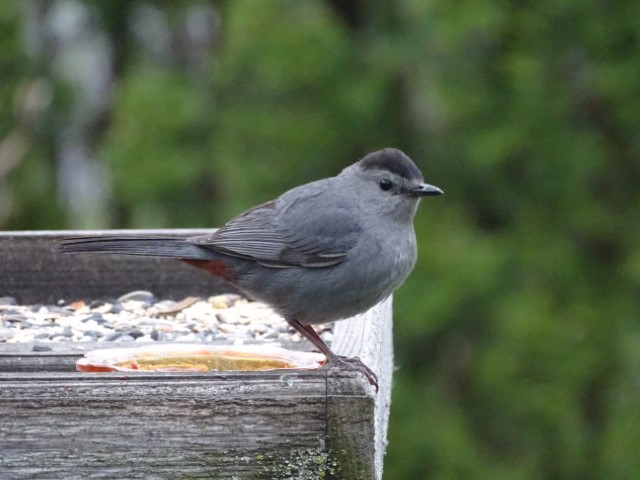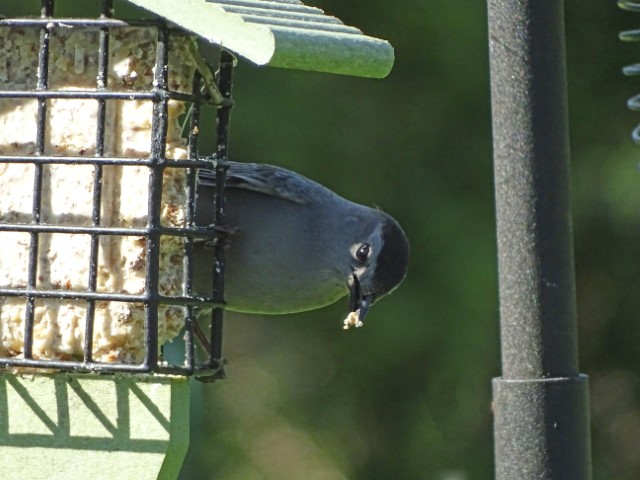
This was the wildest spring migration season I can remember. Even at the end of May we still had several catbirds hanging on our suet feeders and hiding in the shrubs singing their goofy songs and “meowing”.

It rained for many days in May, and the temperatures were very chilly. The birds need south winds to migrate most efficiently, and most days our winds came from the north. Usually I see orioles and buntings during the first or second week of May and then they’re gone. This year I still had an Indigo Bunting and an oriole visiting my feeders regularly into the last week of May.
The warblers were also very late. I thankful that I got to see two “lifers” this spring on bird outings—a Canada Warbler and a Prothonotary Warbler, and it was very exciting, but the number of warblers that visited the oaks on my block was down considerably. And once they did arrive it was much harder to see them because the were unusually quiet and the trees were already leafing out. Even if they did vocalize they were tricky to spot.
Most of the warblers travel to far northern Wisconsin, Minnesota, Canada or even as far as Alaska for the summer breeding season. They drop into my neighborhood to rest and get food and water before continuing on their long (and this year very late!) spring migration journey.
